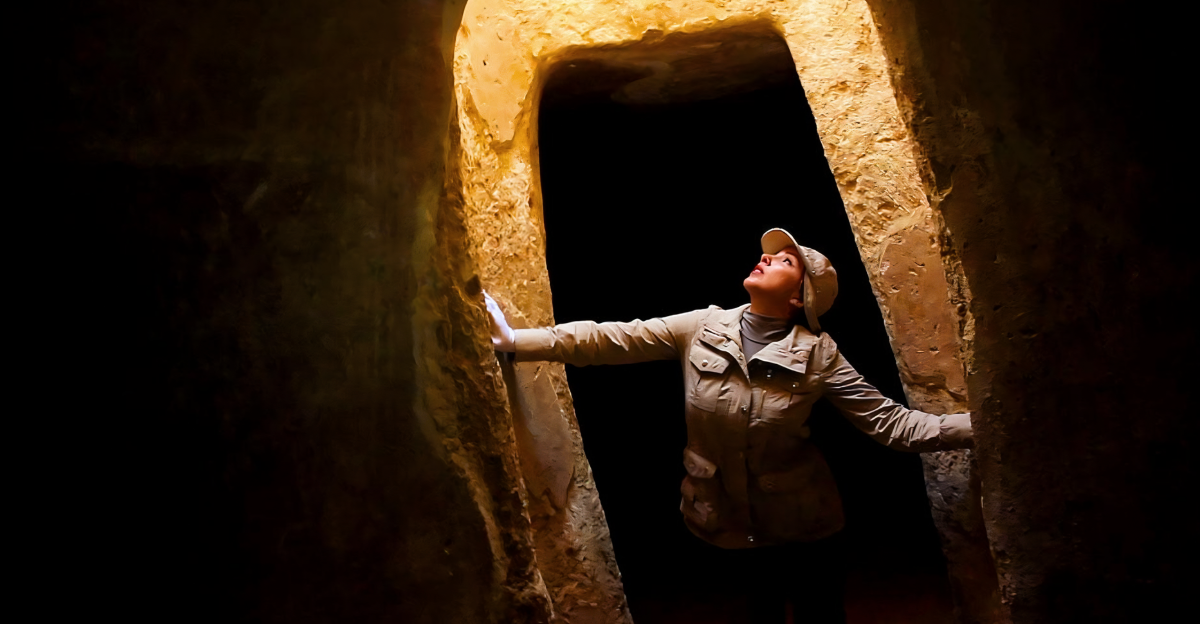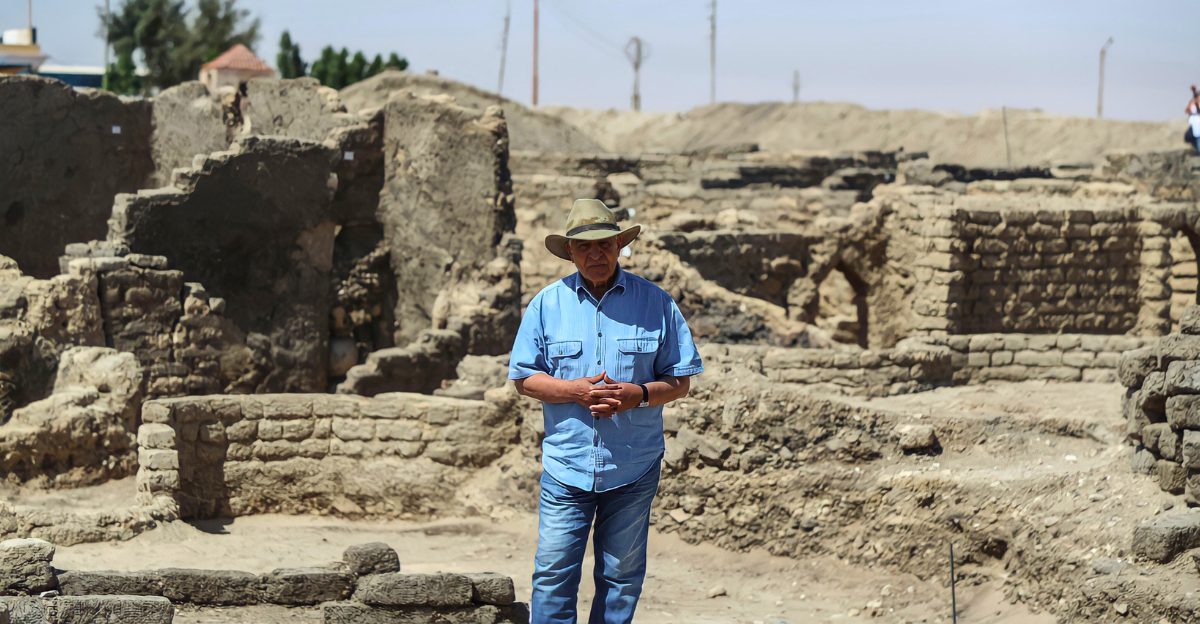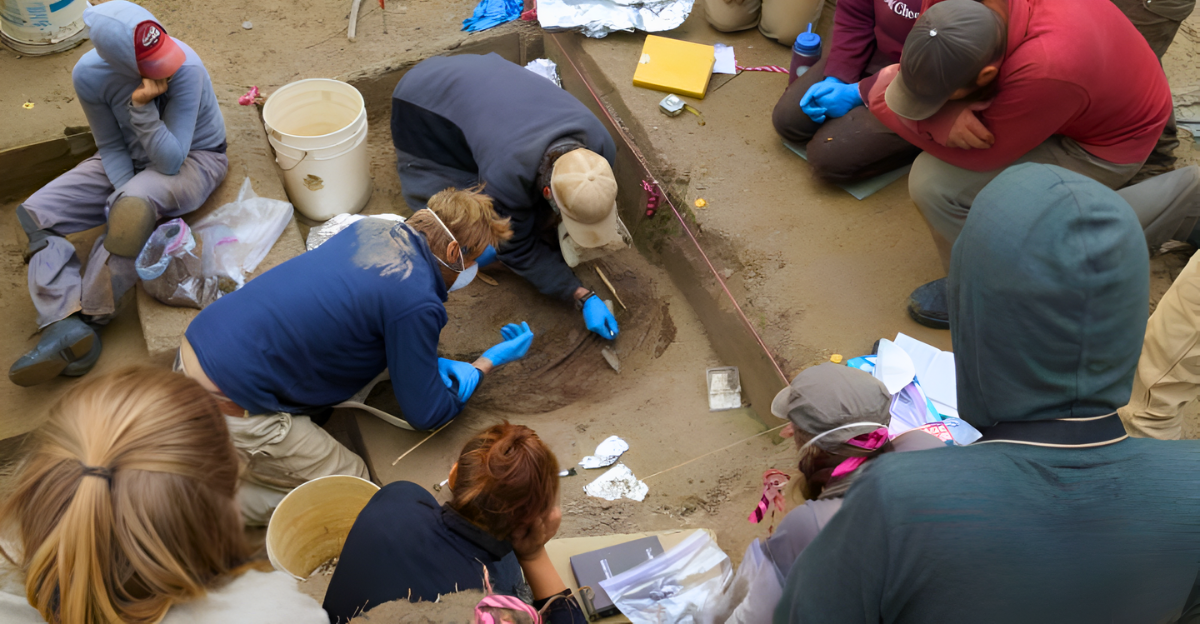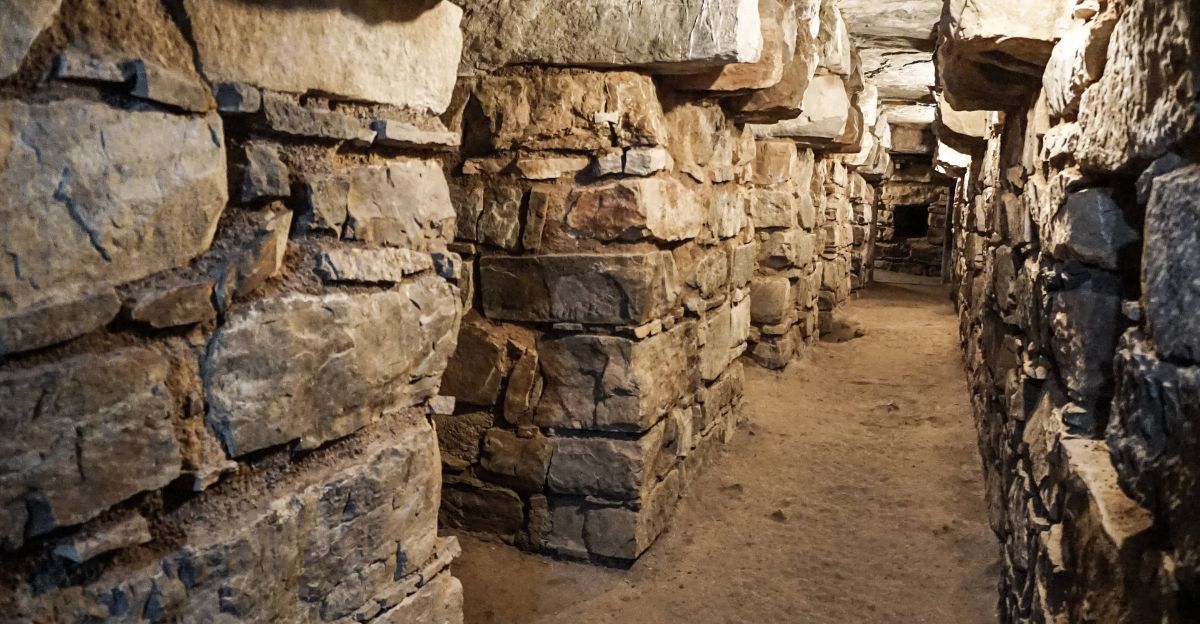
Egypt’s archaeological world has been buzzing with excitement for months; the kind rarely felt in decades. A new, epic discovery has been made. One so sensational, so unexpected, that it’s sending shockwaves through museums, universities, and even social media history channels.
The world’s most famous tomb, that of King Tut’s, previously set the benchmark for ancient mysteries, but now there are whispers that something just as earth-shattering has been revealed. What could be more monumental than the boy king’s legacy?
The stakes are enormous: reputations, national pride, and Egypt’s historical golden age hang in the balance. But the specifics remain tantalizingly out of reach.
Why the World Cares: The Power of a Discovery
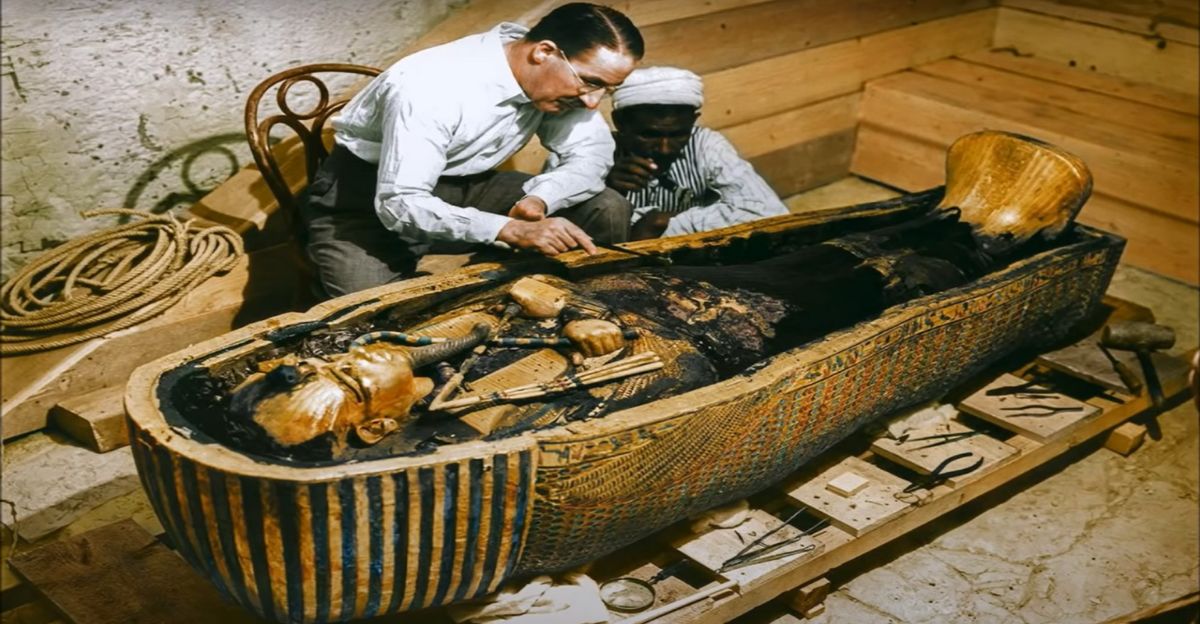
Every time Egypt reveals something new, the world listens. Archaeological findings here don’t just fill thousands of pages of historical textbooks, they reshape tourism, fan national pride, and fuel worldwide fascination.
The most recent royal tomb was found in 1922, and belonged to King Tutankhamun, whose golden mask became something of a pop culture sensation, inspiring Hollywood blockbuster films and even fashion trends.
A discovery of this magnitude today would mean more funding for scientific and archaeological digs, viral Reddit arguments, and a surge of tourists eager to walk in a King’s footsteps. In a world hungry for wonder, Egypt’s past is its best currency.
The Emotional Shockwave: How This Find Supersedes King Tut
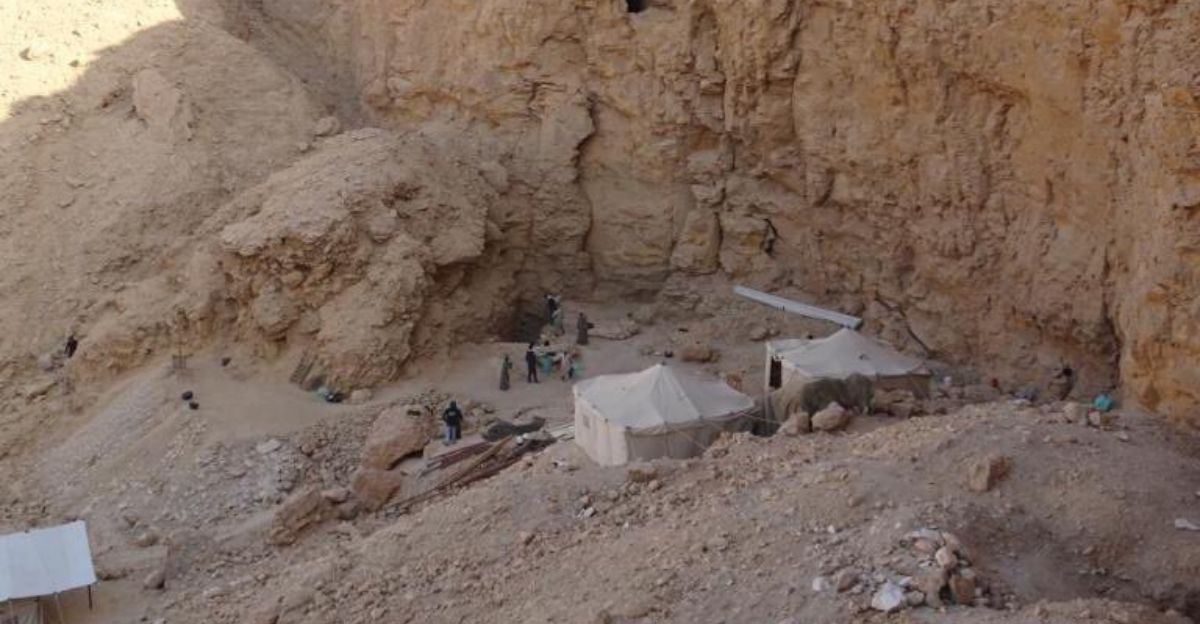
Why all the fuss? Because, for over a hundred years, nothing as significant, nor more impactful, than Howard Carter’s discovery of Tutankhamun’s tomb has been discovered.
That single event changed the world’s understanding of ancient Egypt, making “King Tut” a household name. Now, Egyptologists and archaeologists are calling this latest discovery “the biggest since Tut,” not just for its size, but for the questions it answers—and the mysteries it solves.
On social media, the hashtag #EgyptTombDiscovery is trending, with users amazed that the sands of Luxor could contain secrets as grand as the boy King’s.
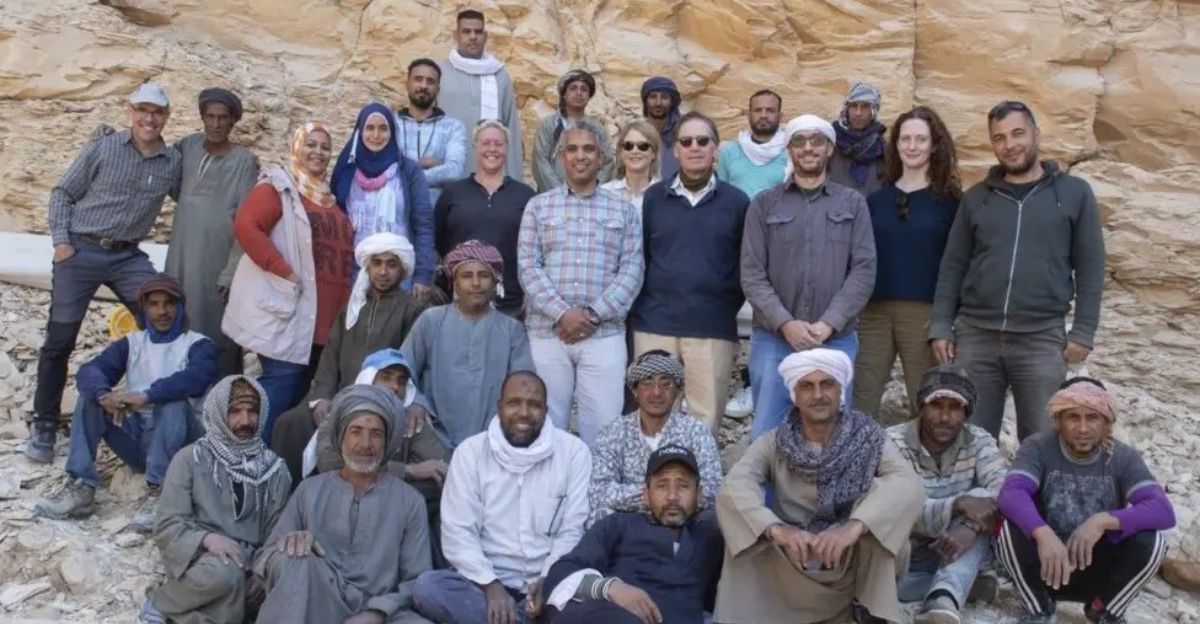
Behind the headlines, however, is a story of obsession and perseverance. In 2022, Dr. Piers Litherland and a British-Egyptian excavation team unearthed an empty area in the Western Wadis near Luxor—a sector previously overlooked because it was thought to hold only the tombs of queens.
The earliest findings included shards of pottery, and evidence of ancient flooding. But as the team continued, trying to read faded inscriptions and crawling through destroyed passageways, it was clear that they were on the precipice of something monumental.
The dig quickly turned into a race not only against time, but against the harsh desert and the burden of great expectation.
The Tomb of Pharaoh Thutmose II Revealed
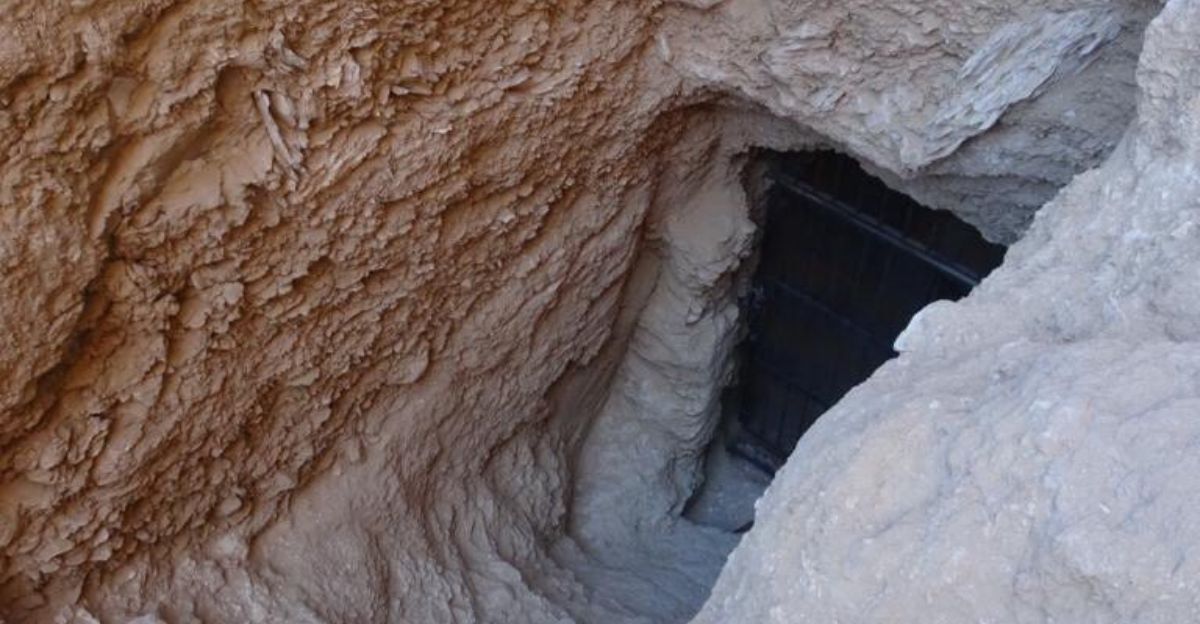
So what secret has the sands of Luxor been hiding that could rival that of King Tut? Turns out that the excavation team discovered the tomb of Pharaoh Thutmose II, an Egyptian monarch of the renowned 18th Dynasty and forebear of King Tutankhamun.
It’s the first royal tomb found in over 100 years—a veritable “missing link” in Egypt’s historical royal line. The tomb, identified by alabaster jars inscribed with Thutmose II’s name and references to his queen Hatshepsut, lay buried under centuries of debris and flood damage.
Even though the tomb was emptied of riches long ago, its elaborate walls and characteristic architecture confirm its royal status, redefining what we thought we knew of Egypt’s golden age.
Who Was Thutmose II? The Forgotten Pharaoh Steps Forward
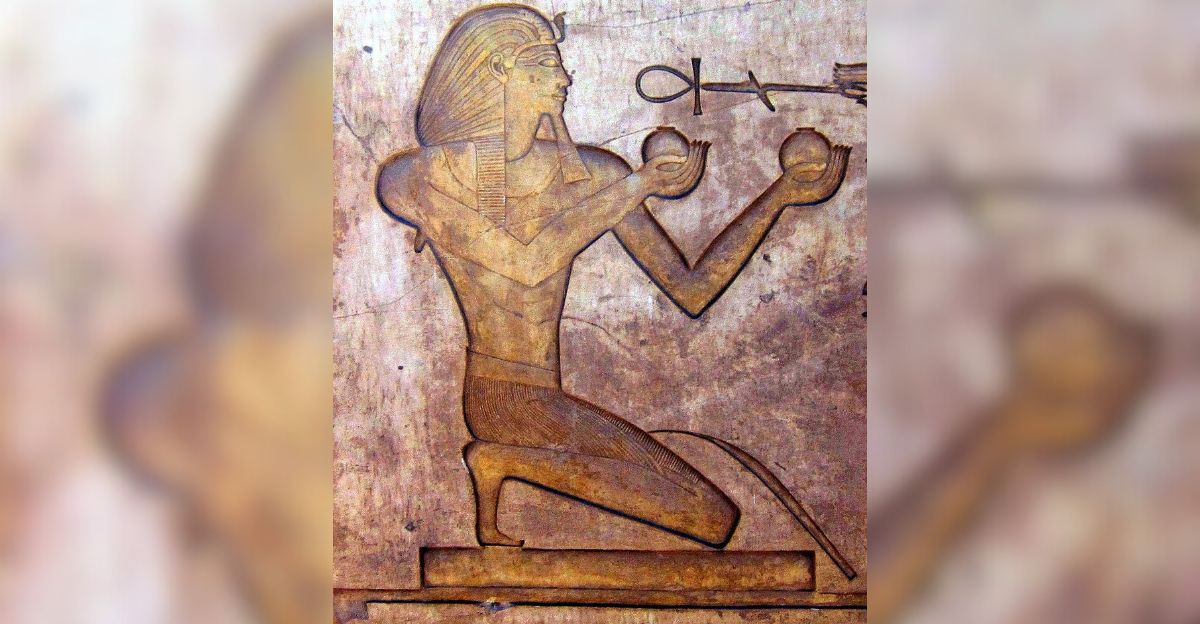
Thutmose II is a name nobody has probably ever heard, overshadowed by his mighty wife Hatshepsut and his mythic son Thutmose III. He rule, between 1493–1479 BCE, was brief but controversial, in which he quelled rebellions in Nubia and the Levant but established very few monuments in his own right.
His was a reign of intrigue—likely cut short by Hatshepsut, who would be one of Egypt’s finest female pharaohs. Finding his tomb gives this “overlooked” king with a new voice, and historians can reevaluate his place in the tumultuous, revolutionary era that characterized and shaped Egypt’s empire.
King Tut vs. Thutmose II: A Tale of Two Tombs
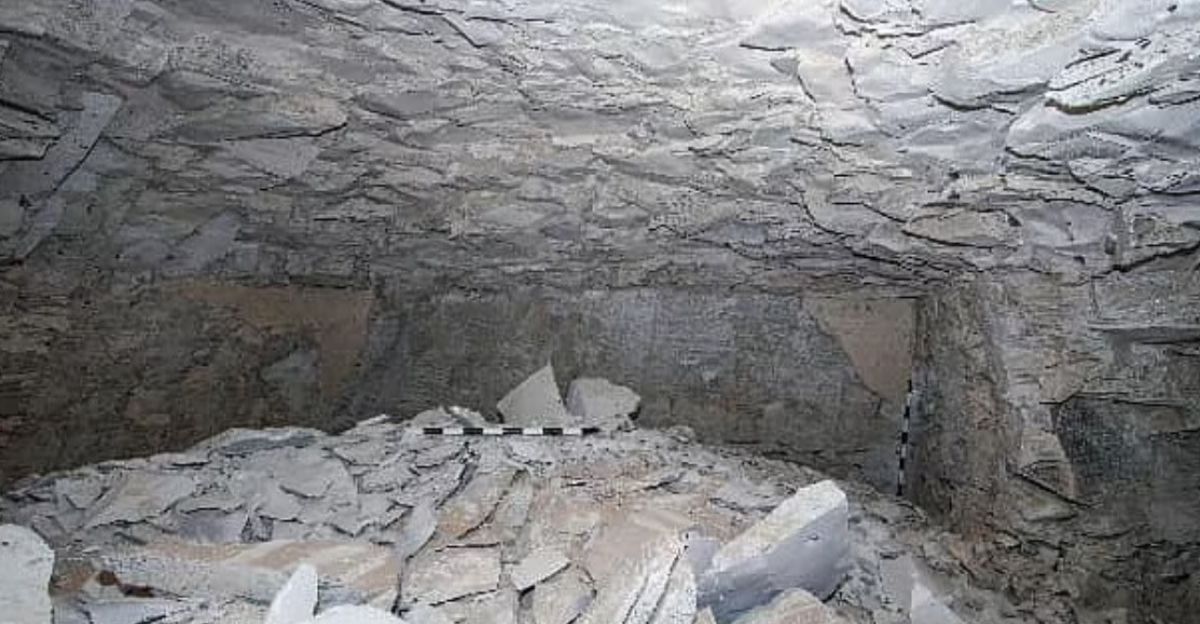
Why is this discovery as important as King Tut’s? The parallels—and contrasts—are compelling. Tutankhamun’s tomb shocked the world with its untouched treasures and golden mask; but Thutmose II’s was desecrated by not only ancient floods but by bureaucrats who moved its contents for safekeeping.
Both tombs and the Kings they held, however, belong to Egypt’s 18th dynasty, and both are stories of a powerful monarch, whose time was cut short by sudden death, and the struggle to preserve heritage.
Thutmose II’s tomb, with its blue-starred ceilings and ceremonial texts, offers a missing chapter in the saga that began with Tut. Thutmose II was King Tut’s great-great-grandfather, making their connection more than just familial; it’s a bridge across Egypt’s most iconic age.
What This Changes: Rethinking Egypt’s Past
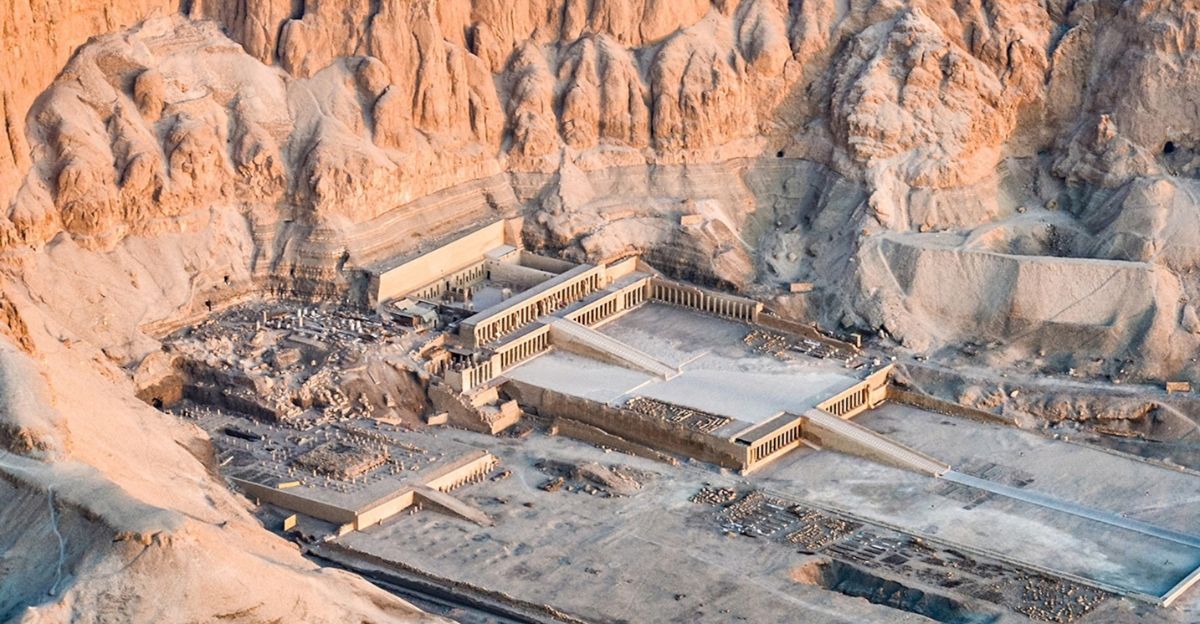
The discovery changes our previous assumptions about the 18th Egyptian dynasty. Why was Thutmose II buried so far from the Valley of the Kings, in a site reserved for queens?
Why did Hatshepsut, herself ultimately entombed in the valley, choose this spot for her husband? The answers could reveal new insights into royal politics, death rituals, and the shifting sands of power in ancient Egypt.
For historians, it’s a chance to bring theories about succession, religious conversion, and the true role of queens in the pharaonic state under a microscope. For Egypt, it’s vindication that its past is still relevant, still full of surprises, and still shaping its future.
The Ripple Effect: What’s Next for Egypt and the World?
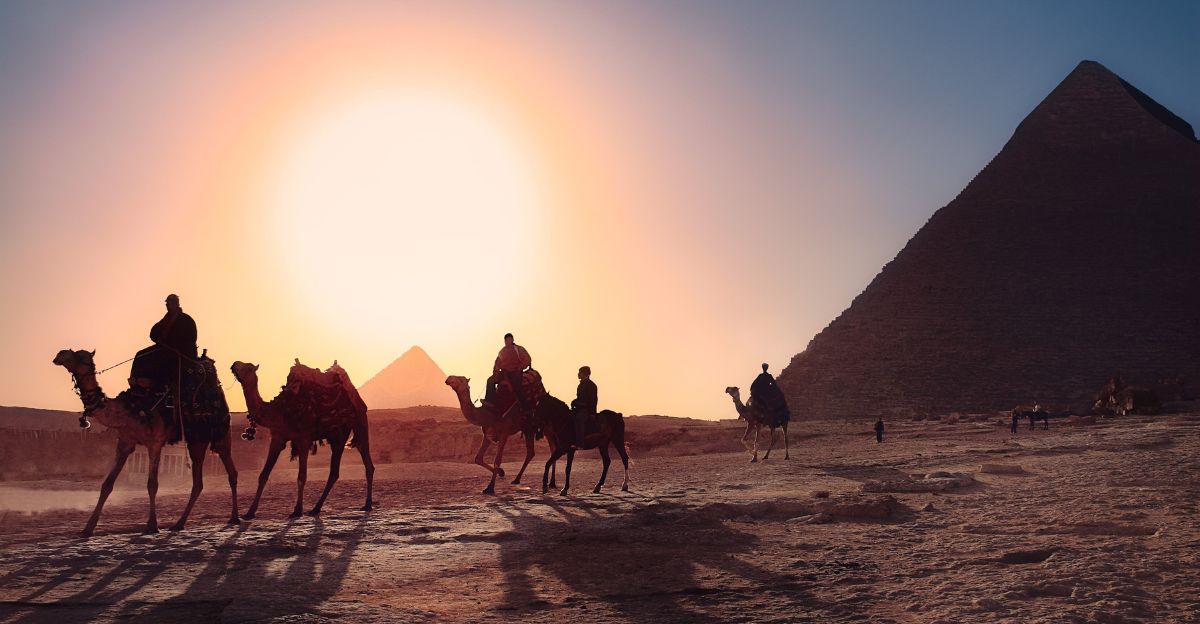
It’s not just a victory for archaeologists—it’s a catalyst for Egypt’s cultural rebirth and global fascination. Already, the find is inspiring new museum exhibits, documentaries, and a new generation of scholarly research.
YouTube and Reddit arguments are fierce over the morality of the dig and what remains hidden in the Western Wadis. Are virgin treasures, and even more royal burials, waiting to be found?
Ultimately, the discovery is a reminder: Egypt’s sands have revealed but a fraction of their secrets. The next installment—next Tutankhamun—may be only one sand-filled shovel away.
Are We Witnessing a New Golden Age?
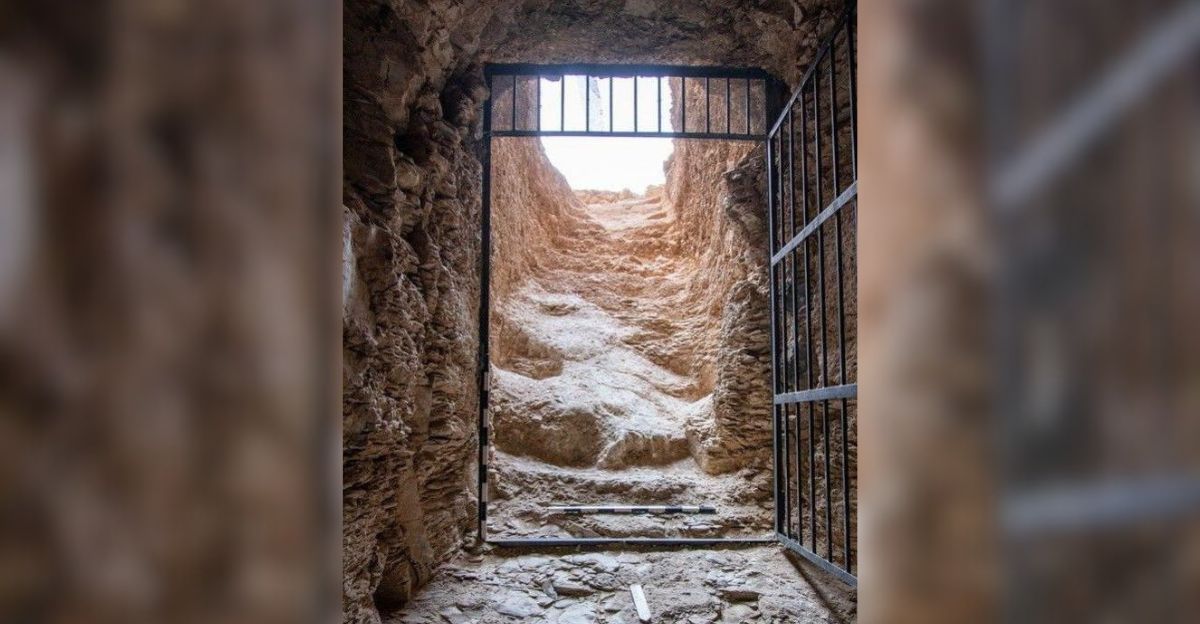
So, is this find really as monumental as King Tut’s? Treasure-wise, maybe not. But in terms of historical significance, emotional pull, and the questions it presents, yes.
The tomb of Thutmose II is proof of the timelessness of Egypt’s past and its consistent ability to astonish, and puzzle, and to inspire awe globally.
It’s a story of determination, of a forgotten king remembered, and of a nation reclaiming its heritage. The golden era of exploration, it seems, is far from over.
Uncover more fascinating moments from history — and hit Follow to keep the stories flowing to your feed!
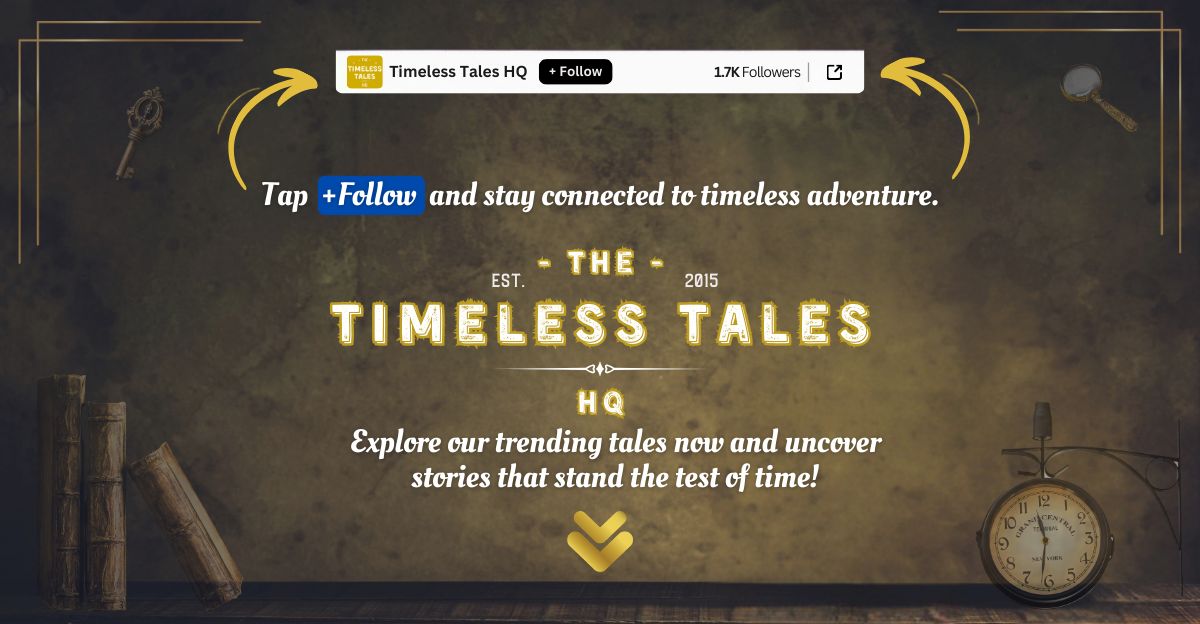
Don’t miss more incredible stories from the past! Tap Follow at the top of this article to stay updated with the latest historical discoveries. Share your thoughts in the comments — we’d love to hear your perspective!


